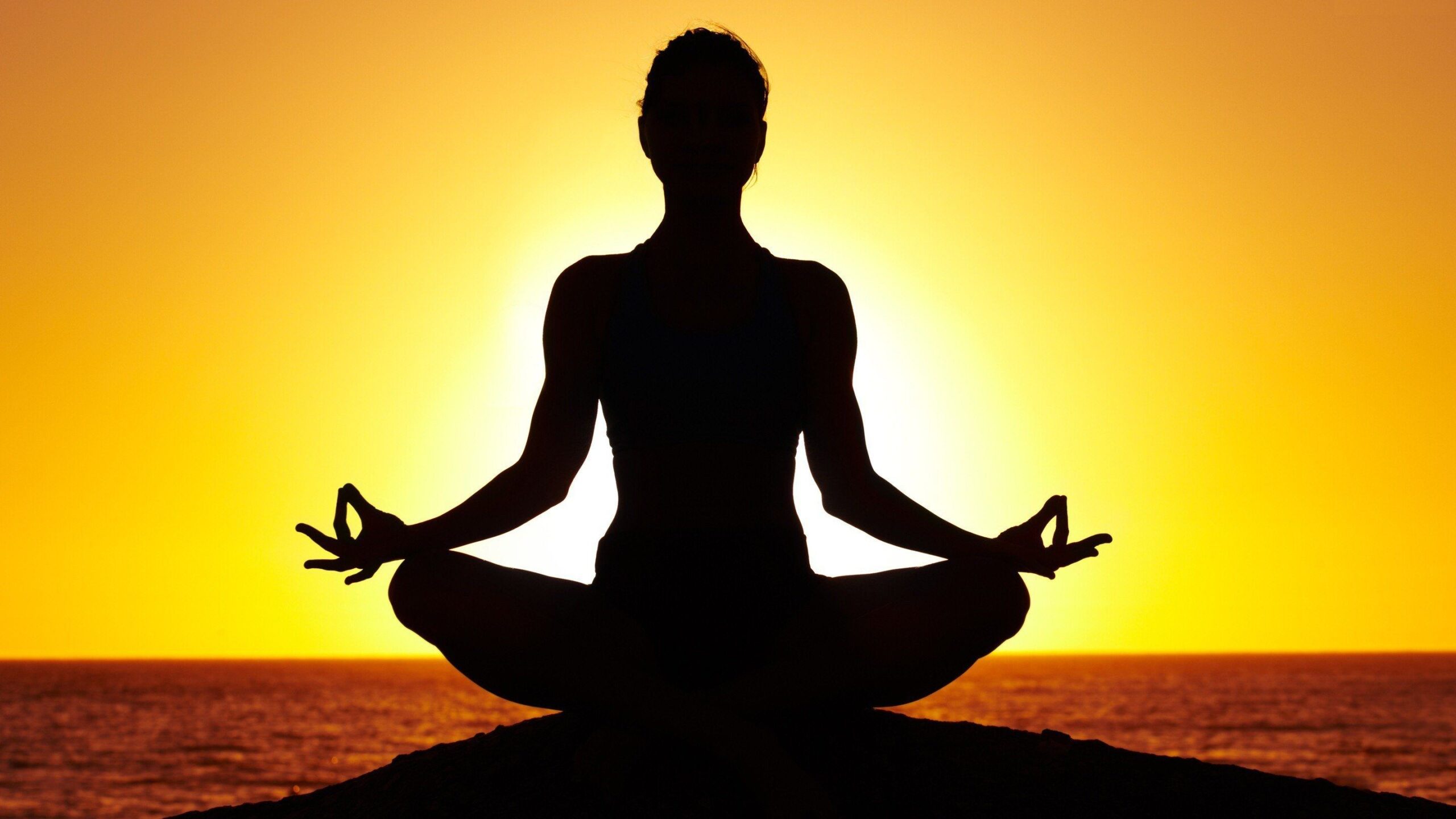Open Inner Tranquility: A Comprehensive Overview on How to Meditate?
Open Inner Tranquility: A Comprehensive Overview on How to Meditate?
Blog Article
Just How to Meditate: A Detailed Method to Achieving Mindfulness and Calm
Reflection offers as a powerful tool for achieving mindfulness and emotional calm in a fast-paced world. By comprehending the basic principles and strategies involved in reflection, individuals can cultivate a method that enhances their general health.
Recognizing Meditation
Recognizing reflection includes comprehending its essential principles and techniques, which work as the foundation for the practice. At its core, reflection is a psychological exercise focused on promoting relaxation, building inner power, and establishing empathy and insight. The technique urges people to concentrate their interest, typically with techniques such as deep breathing, visualization, or concept rep.
Reflection can be categorized into numerous styles, including mindfulness, transcendental, and loving-kindness reflection, each with unique objectives and techniques. Mindfulness reflection emphasizes present-moment awareness and non-judgmental monitoring of ideas and feelings, while copyright entails making use of specific concepts to go beyond normal thought procedures. Loving-kindness meditation concentrates on establishing a mindset of love and empathy in the direction of oneself and others.
No matter the technique used, the primary objective remains constant: to grow a deeper understanding of the mind and its patterns. This self-awareness cultivates emotional strength, clearness of idea, and a profound feeling of calm (How to meditate?). By recognizing these techniques and concepts, individuals lay the foundation for a successful reflection practice that can substantially boost their overall well-being
Planning For Your Practice
Prior to starting your meditation method, it is vital to produce an environment helpful to concentrate and relaxation. Select a peaceful room where you are unlikely to be interrupted. This might be a corner of a space, a garden, or any kind of place that evokes a feeling of peace. Make certain that the location is cost-free and clean of clutter, as a neat setting can help clear the mind.
Consider the illumination, as natural light can improve your mood and energy. Soft, cozy lighting is typically a lot more soothing than extreme fluorescent lights. In addition, pick a comfy temperature level, ensuring that you are neither too hot nor too cold.
Including components that advertise tranquility can further enhance your experience. This might include soft pillows or coverings for comfort, in addition to calming scents from important oils or incense. It can also be advantageous to have a timer set for your reflection session to protect against disturbances from clock-watching.
Standard Meditation Techniques

One more effective technique is body scan reflection. This involves psychologically checking your body from head to toe, noticing any areas of stress or pain and knowingly loosening visite site up those muscles. This method cultivates a much deeper link between your body and mind.

Lastly, loving-kindness reflection focuses on growing empathy towards on your own and others. Quietly repeat phrases of goodwill, enhancing psychological wellness and interconnectedness. Each of these strategies acts as a structure for your meditation trip, enabling you to find the technique that resonates best with your personal method.
Maintaining Emphasis and Mindfulness

Developing a committed reflection space can enhance the ability to maintain mindfulness. A quiet, minimalist environment minimizes interruptions, enabling deeper immersion in the technique. In addition, establishing a time restriction can assist take care of assumptions; beginning with much shorter sessions may relieve the transition right into longer methods.
Using strategies such as body scanning or observing sensations can likewise reinforce mindfulness. These methods urge experts to remain present and involved with their physicality, securing their interest in the moment. Regular technique is crucial; the brain builds strength gradually, creating a more powerful capability for focus.
Incorporating Reflection Into Every Day Life
Integrating reflection right into every day life can change routine tasks into opportunities for mindfulness and self-reflection. By incorporating mindfulness techniques right into typical tasks, individuals can cultivate a greater feeling of existence and harmony among the busyness of everyday life.
Begin by identifying minutes throughout your day where you can practice and stop briefly mindfulness. As an example, throughout your early morning commute, concentrate on your breath or the experiences of the environment around you. In the cooking area, method food preparation as a reflective technique, savoring the textures, shades, and aromas of the components. Also mundane activities article like strolling or cleaning dishes can end up being possibilities for meditation by guiding your focus to the sensations of motion and the sounds bordering you.
Additionally, reserving specialized times for reflection can enhance its technique. Begin with brief sessions, progressively increasing duration as you become much more comfortable. Use pointers or hints-- like a particular time of day or a soothing noise-- to establish consistency.
Ultimately, the objective is to weave mindfulness right into the textile of day-to-day live, allowing you to come close to each minute with intent, thus enhancing your overall feeling of wellness and clearness.
Verdict
In final thought, effective reflection requires a peaceful environment, a comfortable placement, and a focus on the breath. Regular reflection, even in short sessions, fosters a deeper link to the present minute, ultimately leading to higher calmness and psychological clearness in daily life.
Reflection can be categorized into numerous styles, including mindfulness, transcendental, and loving-kindness reflection, each with distinct purposes and methods. Mindfulness reflection emphasizes present-moment understanding and non-judgmental monitoring of thoughts and feelings, while copyright includes the usage of check particular rules to go beyond normal idea processes.With your meditation area prepared, it's time to discover various fundamental reflection techniques that can help grow mindfulness and internal tranquility.Consistently preserving focus and mindfulness throughout reflection can be challenging, specifically for those brand-new to the practice.Establishing a specialized reflection room can boost the ability to maintain mindfulness.
Report this page